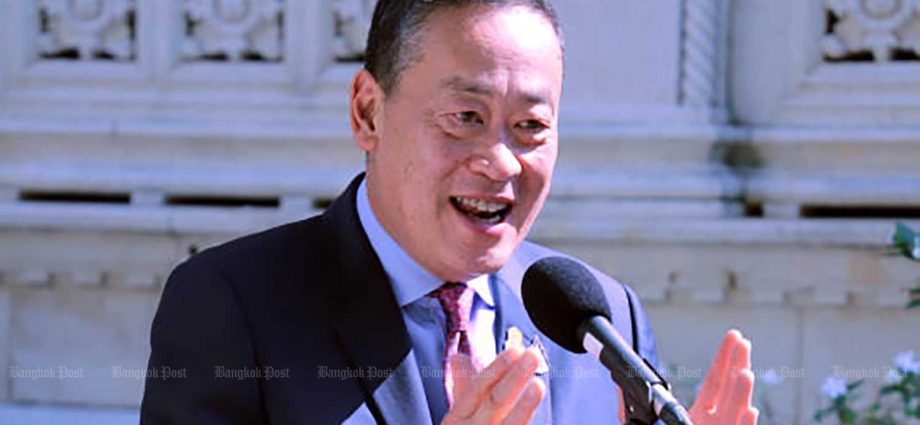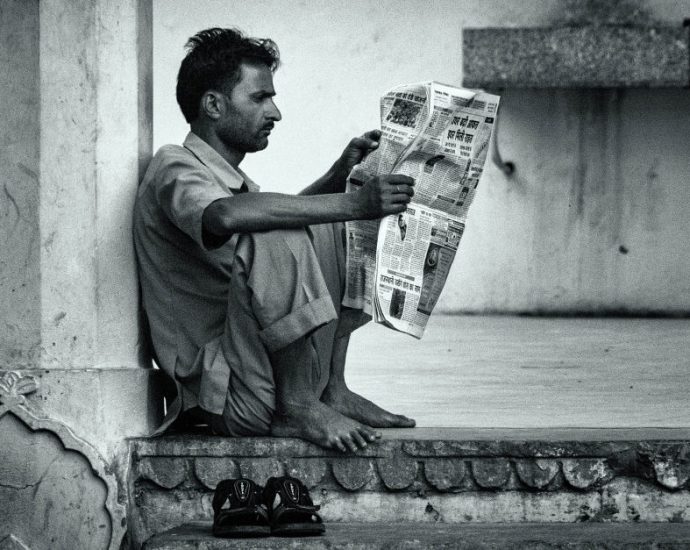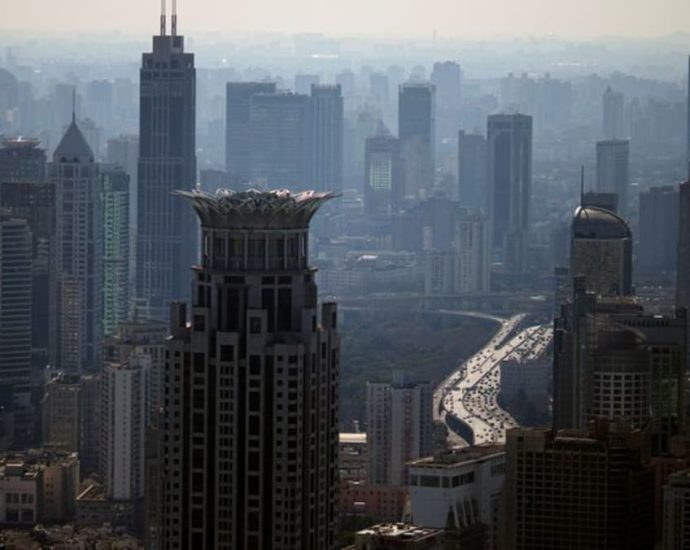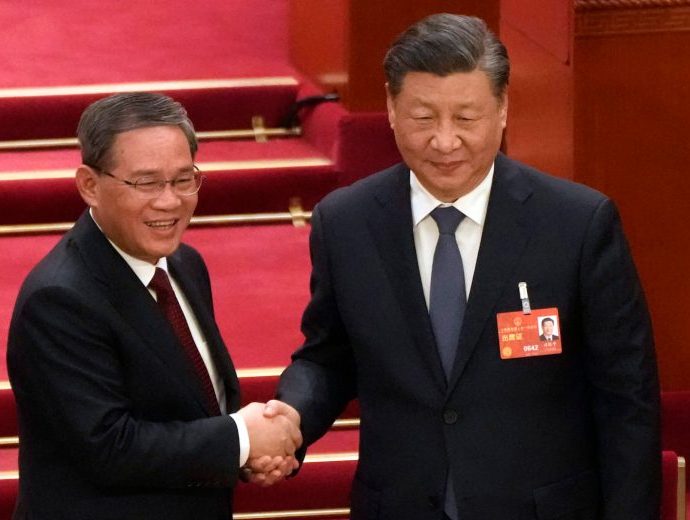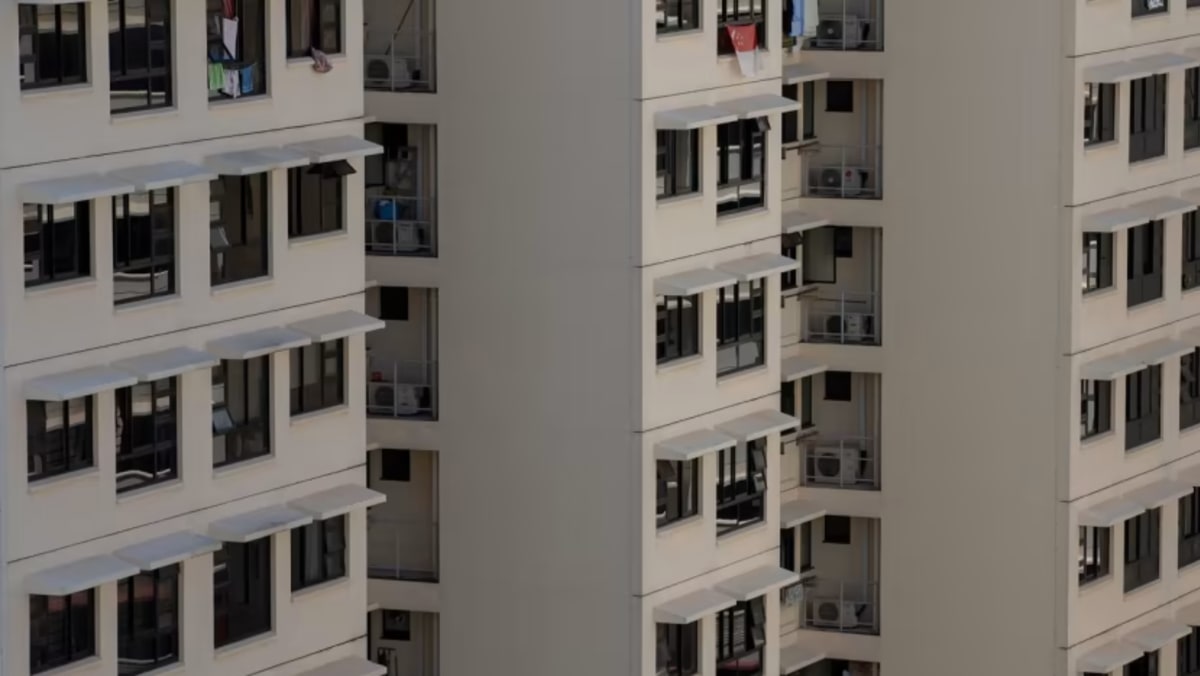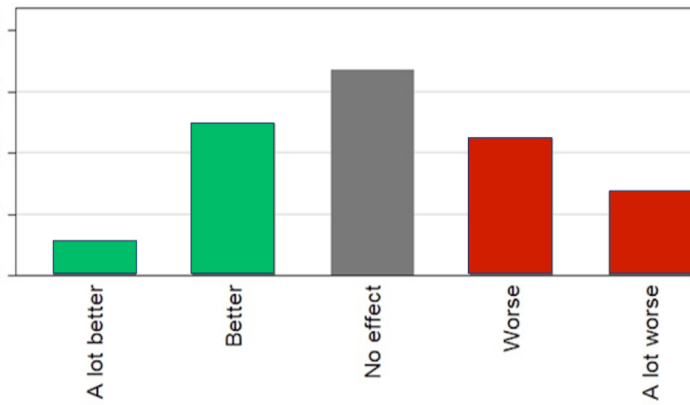PM denies party MPs illegally influenced police promotions
PUBLISHED : 22 Nov 2023 at 13:44

Prime Minister Srettha Thavisin has denied telling a meeting of Pheu Thai MPs on Tuesday that some party MPs had successfuly interfered in the appointment of police station chiefs.
Mr Srettha was responding to media reports that he made the admission when he discussed his plan to have new police station chiefs help people settle debts with loan sharks.
He said at Government House on Wednesday that at Tuesday’s meeting with Pheu Thai MPs he did not say some party MPs had successfully sought the appointment of police station chiefs.
A video recording of the meeting suggests otherwise.
He was seen saying that new police station chiefs would settle with loan sharks to support the government’s efforts to help people with debt problems. Then he said, “You here [MPs] requested the appointment of many police station chiefs. Some of you were satisfied, and others were not.”
On Wednesday the prime minister said that he actually discussed MPs’ concerns about the anti-drugs performance of officials in some areas.
“MPs did not make any such requests,” Mr Srettha said. “I have no authority over and have never interfered in the promotion of any government officials or police officers.”
“When I said some people were satisfied and others were disappointed, I referred to their feelings about the performance of officials,” the prime minister said.
Democrat MP Chaichana Detdecho, the chairman of the House committee on police affairs, said the committee would convene and ask the prime minister to clarify the issue on Dec 7.
He said that Section 185(3) of the constitution prohibits House representatives and senators from influencing the promotion or transfer of any government official.
Move Forward Party MP Rangsiman Rome said he believed the prime minister accidentally made the remark at Tuesday’s meeting and it raised doubts about the transparency of police promotions and transfers.
Mr Rangsiman said he was checking whether the prime minister’s remark fell under Section 185 of the constitution and laws on ethics and police affairs.

